What It Really Means to Focus on the Journey: Outcome Goals vs. Process Goals

“Begin with the end in mind” is one of the seven habits of highly successful people identified by the late Stephen Covey. Nowhere is that more important than in the fitness setting. When starting (or restarting) an exercise program, it is important to have goals. Those are the end points that you are working toward while you’re sweating.
Think of it this way: When you were invited to a business meeting or a party, did you just hop in your car and start driving around stopping at various buildings hoping to find the location of the event? No, you took a few minutes to look up the address and find the easiest, most time-efficient route to the destination. The destination was the end, and the most efficient route as identified by the navigation software was the means of getting there. That is how goals work when you exercise—determine the outcome and then identify the steps to reach it. If you go to the gym without a specific goal or outcome in mind, you will more than likely end up wandering around without any real purpose, just like randomly driving around hoping to find an address.
Goals can help provide the motivation to stay with a fitness program when other parts of life, like work or family commitments, seem to conspire against you, limiting your ability to make time for your workouts. Plus, if you don’t have a goal that you’re working toward, how will you know whether your efforts in the gym are having any effect? Time is a very precious resource, and no one wants to waste theirs, especially not when doing the arduous work of an exercise program. To make sure you’re getting the most out of your sweat time, here are seven things to think about the next time you sit down to set the goals for what you want to achieve with your exercise program:
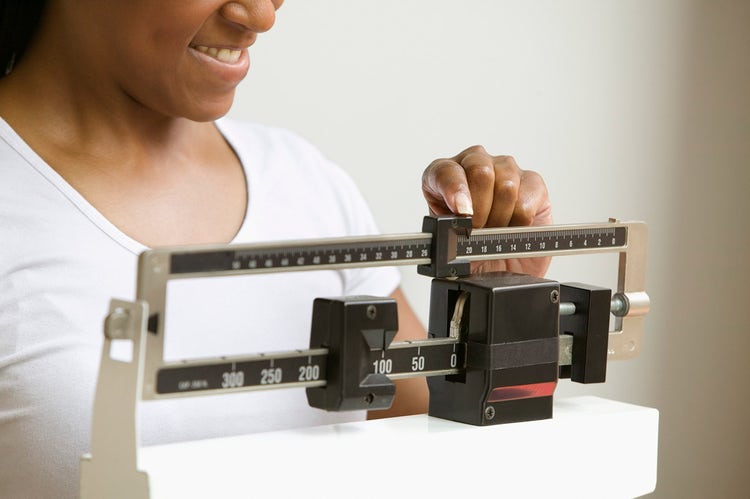
1. There are two different types of goals that you can set.
Most people who have started an exercise program have done so with the intention of losing a specific amount of weight or gaining the ability to lift a certain amount of weight. These are called “outcome goals” because the focus is on what the workouts should produce.

2. Yes, outcome goals are important and can provide the incentive to stay with a workout program, but they also can be de-motivating.
Think about the goal of losing 10 pounds or 3 inches in the waistline. Yes, those are specific and measurable two important components of setting a goal, but what happens if those goals are not met? Does that mean it is time to throw in the towel and cancel the membership? If you are following a good exercise program, the chance is that you will be adding muscle in addition to losing unwanted fat, so the scale may not change much even though the workouts are having the desired effect.
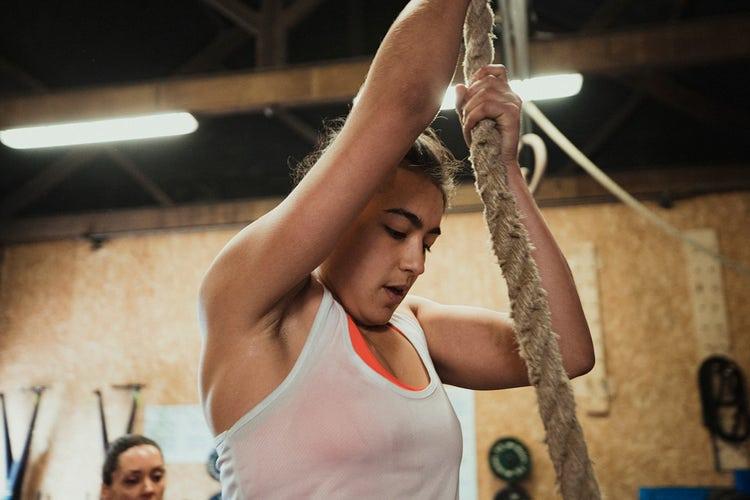
3. To change your mindset and your overall exercise experience, think instead about setting process-oriented goals.
A process goal is just what it sounds like: It focuses on the steps of the process of achieving a specific outcome as opposed to simply reaching the outcome itself.
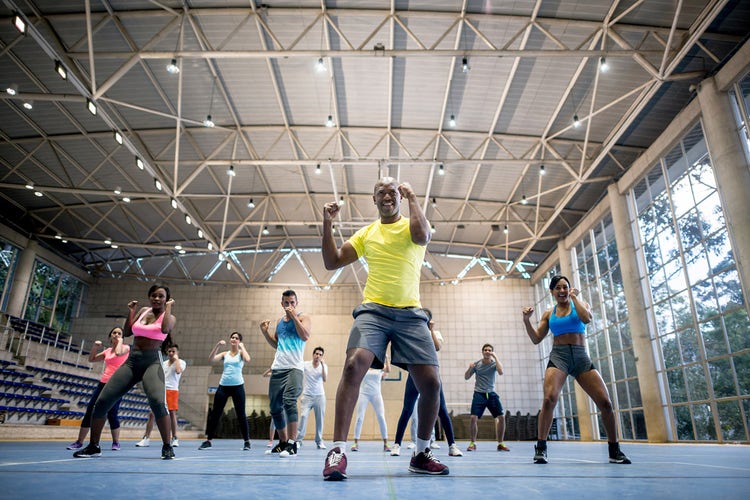
4. Process goals can include things like increasing your activity or trying something new.
For example, you might try making it to the gym twice during the week and once during the weekend, check out a new group fitness class or learn how to do a new mode of exercise like body-weight strength training using the TRX Suspension Training system. What do you think you would feel like if you consistently made it to the gym three times a week? Do you think your body would change if you started taking new group fitness classes that challenged you to exercise differently? Finally, do you think you would get a sense of accomplishment if you learned how to do something new in the gym? The point is that if you focus on the process, you will ultimately reach a desired outcome.

5. An outcome goal can lead to the “extrinsic motivation” to exercise.
That means you are working out because you want to achieve a certain outcome that can be seen by or shared with others. An example is the goal of losing a specific amount of weight for a vacation, wedding, reunion or other life event. There is nothing wrong with extrinsic motivation, but what happens once you reach the goal and the event is over? Will you have the drive to continue with your exercise program?
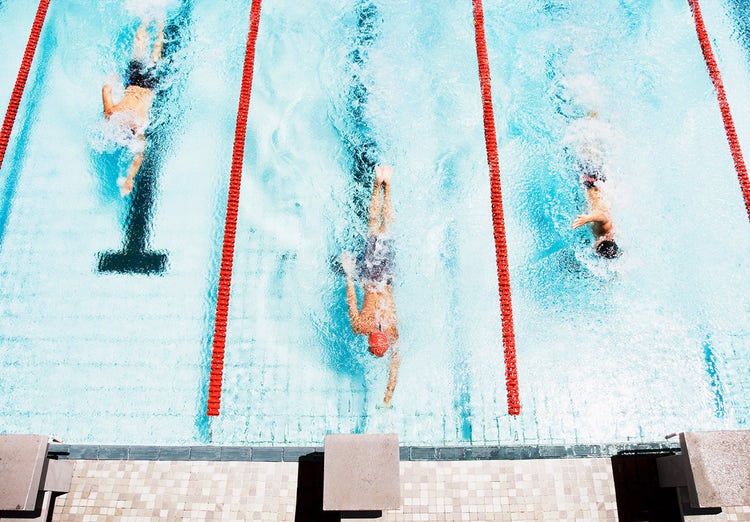
6. There is nothing wrong with outcome goals—some people simply need that type of motivation.
If you are a runner, cyclist or triathlete who enters races to have a training goal and you measure your progress by the results, then that is an excellent example of using outcome goals for long-term motivation. Plus, in this case, an outcome goal, like having a specific time in an event or qualifying for a particular race, can lead to the intrinsic motivation to stay with the training program.
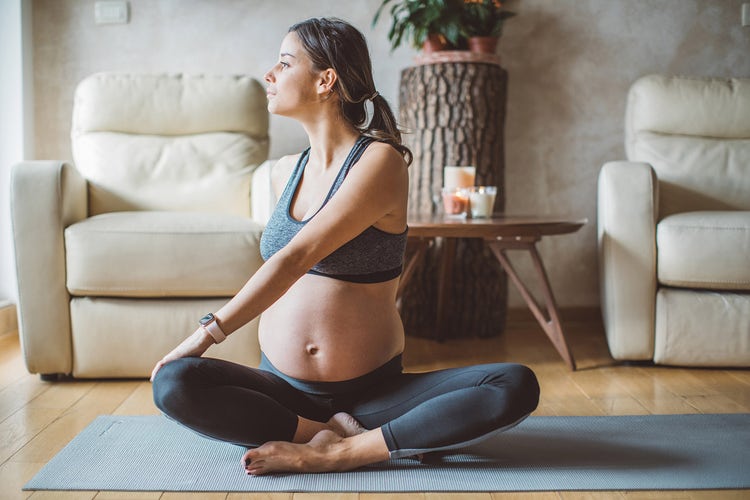
7. A process goal can help you develop what is called “intrinsic motivation,” which is the inner drive to reach an objective for the purpose of hitting the objective.
Think about setting the process goal of learning yoga and taking two classes a week. There are many benefits of yoga, including improved flexibility, reduced stress and the chance to make new friends with other participants. As you continue to reach your process goal of two classes a week, you will most likely feel the difference in your body, which could help motivate you to take more classes. The point is, can you see how shifting the focus toward the process of learning a new form of exercise can help you create the inner drive to stay with a chosen exercise program once the initial goal, in this case two classes a week, is met?
Whether your goals are to hit a certain weight, run a certain distance or learn a new exercise format, no matter what you want to achieve with your workouts, it is definitely important to do as Covey suggests: “Begin with the end in mind.” Only you can determine the best types of goals for your needs. The most important thing is that you have them so that you can stay focused on what you want to achieve.
Video credit: Video credit: gradyreese, Getty Images
Photo credit: UntitledImages, Getty Images; Jose Luis Pelaez Inc, Getty Images; pixelfit, Getty Images; SolStock, Getty Images; andresr, Getty Images; Merlas, Getty Images; Robert Daly, Getty Images; svetikd, Getty Images